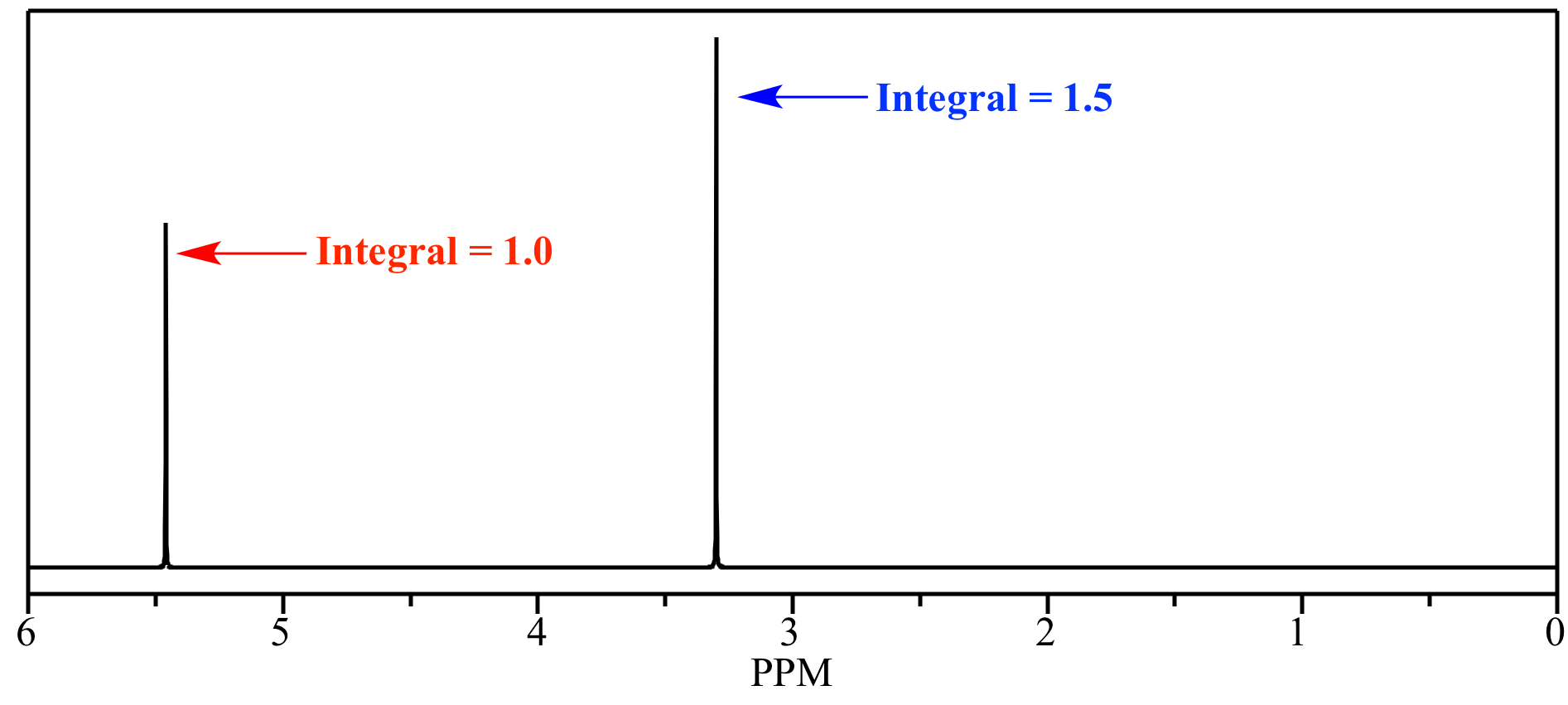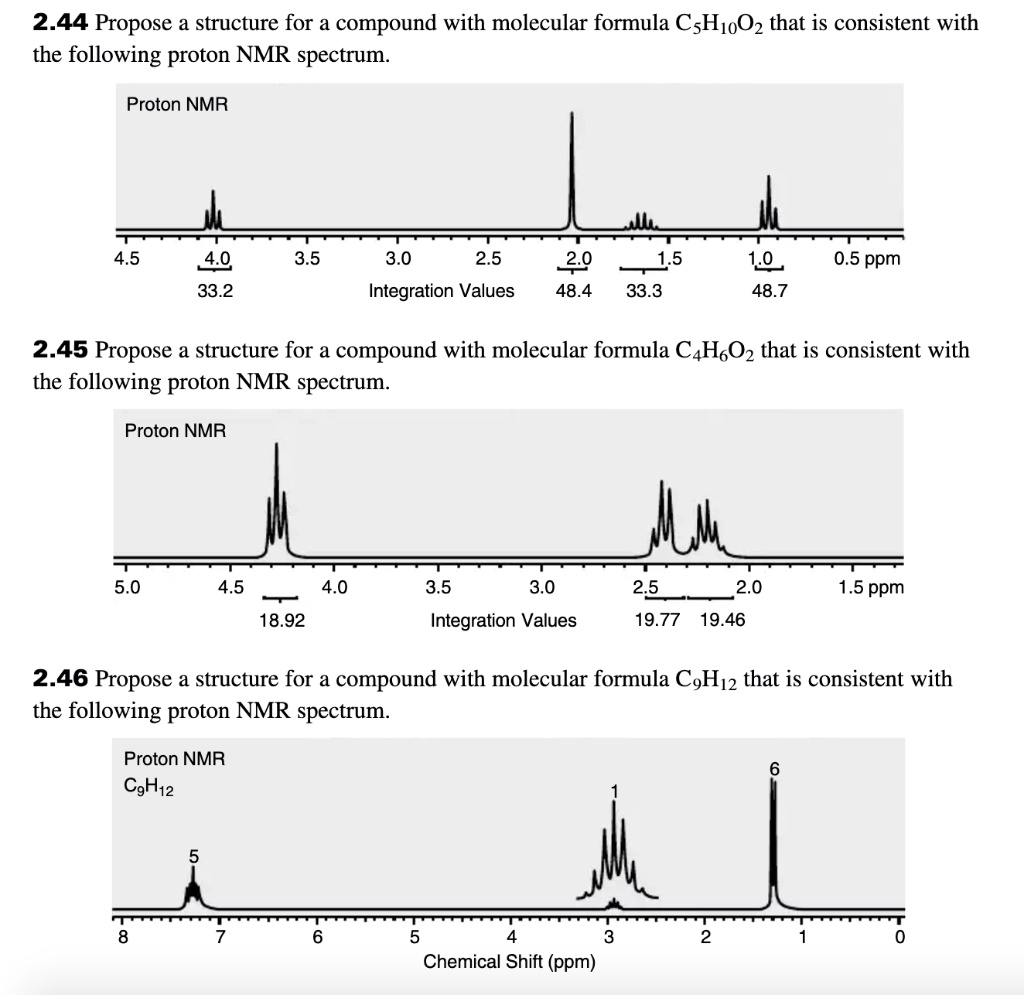
This is most noticeable as your player moves across the court, appearing to glide across it without reacting to the surface. Despite these improvements, there's still a lack of realism in the way your player moves. Other tweaks to the core mechanics are subtler, including animation adjustments that reduce unnecessary dives by CPU opponents, and make swings of the racket look more realistic.

They're also not any more powerful than a standard power shot, so they're not especially hard to return, making them a pretty yet pointless feature. They look impressive, but they ruin the flow of the game. These vary depending on your chosen player, but all take the form of an exaggerated slow-motion hit where the camera pans out from its default view. Once it's full, you can unleash the only new addition to your shot repertoire: super shots.

This removes much of the excitement from the game, as well as any scope for advanced tactics, making it frustrating when you want to perform a risky drop shot from center court but can't simply because of your position.Įach hit you land fills up a meter at the top of the screen. It's an easy system to learn, but it lacks depth and is far too forgiving if you make contact, the ball is all but guaranteed to land in play. Too far away from the ball when you hit a shot button? Then, your return will be weak. If you get right underneath a high ball as it drops, you'll perform a power shot.

If you get close to the net, you'll perform a volley. Performing more skillful moves, like drop shots and power shots, depends on your position on the court and around the ball.

There are three main shot types to learn-top spin, lob, and slice-each of which is mapped to the face buttons while the left analog stick directs your shot. Most of your time in Virtua Tennis 4 is spent using the standard controls, which are very easy to pick up so much so that there isn't an in-depth tutorial to teach them to you.


 0 kommentar(er)
0 kommentar(er)
